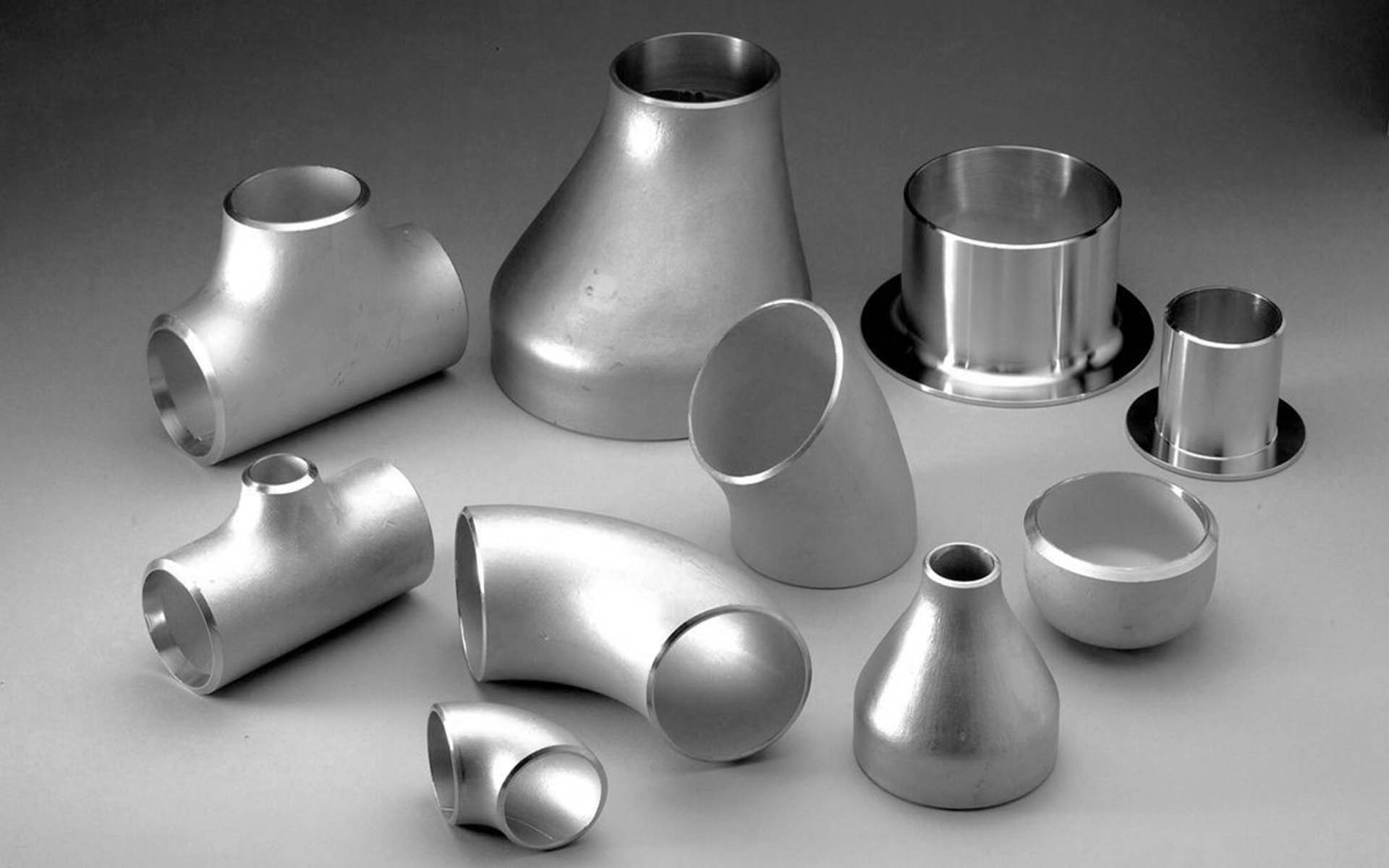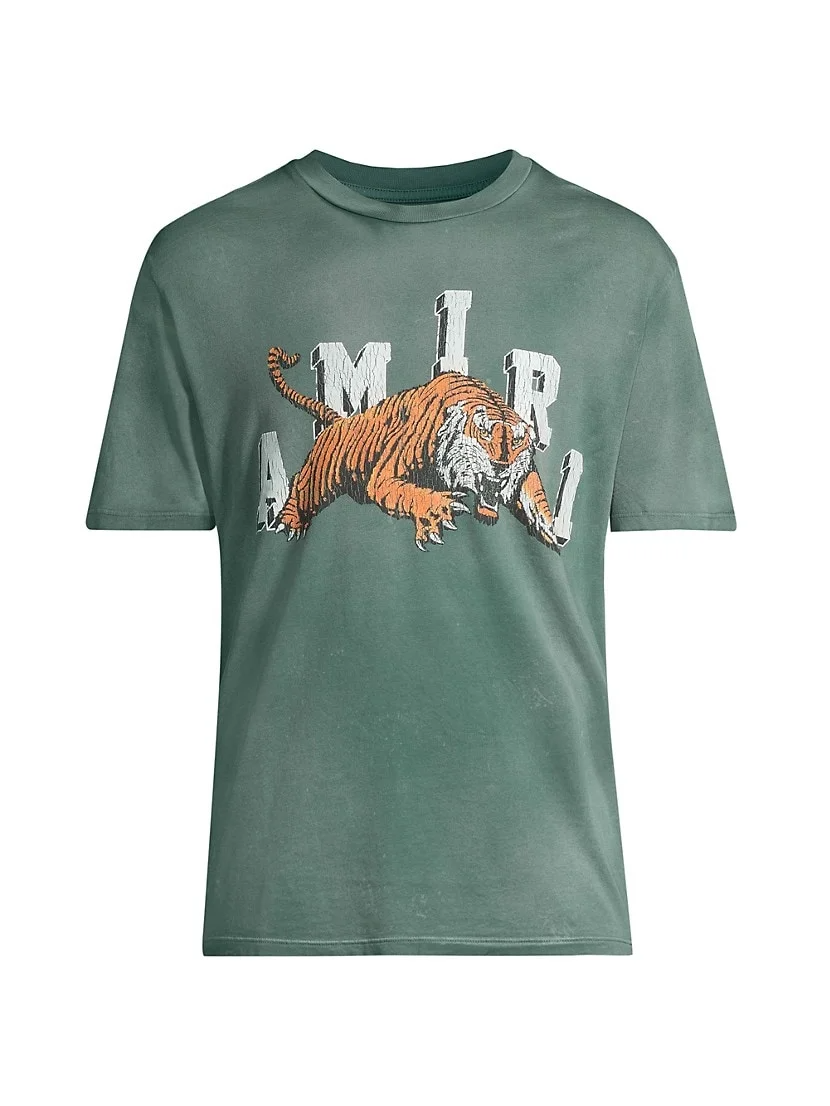When it comes to building or maintaining a piping system, the quality and suitability of your fittings matter just as much as the pipes themselves. Buttweld fittings play a critical role in ensuring smooth fluid flow, maintaining pressure levels, and providing durability to the pipeline. Choosing the wrong fitting can lead to leaks, corrosion, reduced efficiency, and even costly downtime.
Whether you are working on an industrial project, a chemical plant, or an oil and gas facility, understanding how to select the right Buttweld Fittings is key. As a leading Buttweld Fittings Manufacturer in India will tell you, it’s not just about size—it’s about material, standards, application, and long-term reliability.
In this guide, we’ll walk you through everything you need to know so you can make the best decision for your piping system.
What Are Buttweld Fittings?
Buttweld fittings are piping components used to connect sections of pipe together. They are welded directly to the pipe ends, creating a permanent and leak-proof connection. The term “buttweld” comes from the way the fitting is joined—end-to-end with the pipe, followed by a weld.
These fittings are widely used in industries where durability, strength, and a seamless flow path are essential, such as:
- Oil & Gas
- Petrochemicals
- Power Generation
- Shipbuilding
- Water Treatment Plants
- Food & Beverage Processing
By using buttweld fittings, engineers can design piping systems that handle high pressure, high temperature, and corrosive environments with minimal risk.
Advantages of Buttweld Fittings
Before choosing, it’s important to understand why many industries prefer buttweld fittings over other types like threaded or socket weld fittings.
- Strong, Permanent Connection
Welding creates a bond stronger than the pipe itself, ensuring the joint can handle extreme stress. - Smooth Flow Inside the Pipe
The absence of threads or sharp edges reduces turbulence and pressure drop. - Leak-Proof Performance
A proper weld eliminates gaps where fluid or gas could escape. - Versatile Shapes and Sizes
Available in elbows, tees, reducers, caps, and custom shapes to suit complex layouts. - Durability in Harsh Environments
Perfect for corrosive, high-temperature, or high-pressure applications. - Cost-Effective Over Time
Lower maintenance and long service life make them a good investment.
Types of Buttweld Fittings
A reliable Buttweld Fittings Supplier will offer different types depending on your system requirements. Here are the most common:
1. Elbows
Used to change the direction of the pipeline.
- 90° Elbows – Sharp turn for compact areas.
- 45° Elbows – Gradual direction change to reduce pressure loss.
- 180° Return Bends – For reversing the flow.
2. Tees
Divide flow into two directions or combine two flows into one.
- Equal Tee – All three outlets are the same diameter.
- Reducing Tee – Branch outlet is smaller than the main line.
3. Reducers
Change the diameter of the pipeline.
- Concentric Reducer – Centerline remains the same.
- Eccentric Reducer – Used when centerline change is needed (e.g., to prevent air pockets).
4. Caps
Close the end of a pipeline securely.
5. Stub Ends
Used with lap joint flanges for easy dismantling.
Key Factors to Consider When Choosing Buttweld Fittings
Selecting the wrong fitting can lead to costly errors. Here’s a breakdown of the critical factors to consider:
1. Material Selection
The choice of material affects strength, corrosion resistance, and lifespan. Common options include:
- Carbon Steel – Affordable and strong, suitable for high-pressure systems.
- Stainless Steel – Excellent corrosion resistance; ideal for food, chemical, and marine applications.
- Alloy Steel – Designed for high-temperature and high-pressure conditions.
- Nickel Alloys, Duplex Steel, and Titanium – Specialized for highly corrosive or extreme environments.
2. Pipe Size and Schedule
Your fittings must match the outer diameter (OD) and wall thickness of your pipes. The “schedule” refers to the pipe wall thickness (e.g., SCH 40, SCH 80). Using mismatched components can lead to poor welds or misalignment.
3. Pressure and Temperature Ratings
Industrial systems operate under different conditions. Check the ASME B16.9 or MSS-SP standards to ensure your fittings can withstand your system’s maximum operating pressure and temperature.
4. Industry Standards and Certifications
Reputable Buttweld Fittings Suppliers adhere to international standards such as:
- ASME B16.9 – Factory-made wrought buttweld fittings.
- ASME B16.28 – Short radius elbows and returns.
- ASTM Specifications – For material composition and mechanical properties.
Choosing fittings without proper certification risks quality failures and safety hazards.
5. End Preparation
The bevel on the fitting ends ensures a proper weld. Make sure the bevel angle matches your welding procedure requirements.
6. Corrosion Resistance
In industries like chemical processing or offshore oil platforms, corrosion resistance is non-negotiable. Selecting stainless steel or alloy materials prevents leaks, contamination, and early replacement.
7. Availability and Lead Time
Even the best fitting won’t help if you can’t get it on time. Choose a Buttweld Fittings Manufacturer in India that maintains large inventories and offers custom manufacturing for urgent requirements.
Conclusion
Choosing the right buttweld fittings is not just a technical decision—it’s an investment in the safety, efficiency, and longevity of your piping system. By considering material type, size, schedule, pressure rating, corrosion resistance, and compliance with standards, you can ensure your system performs flawlessly.


